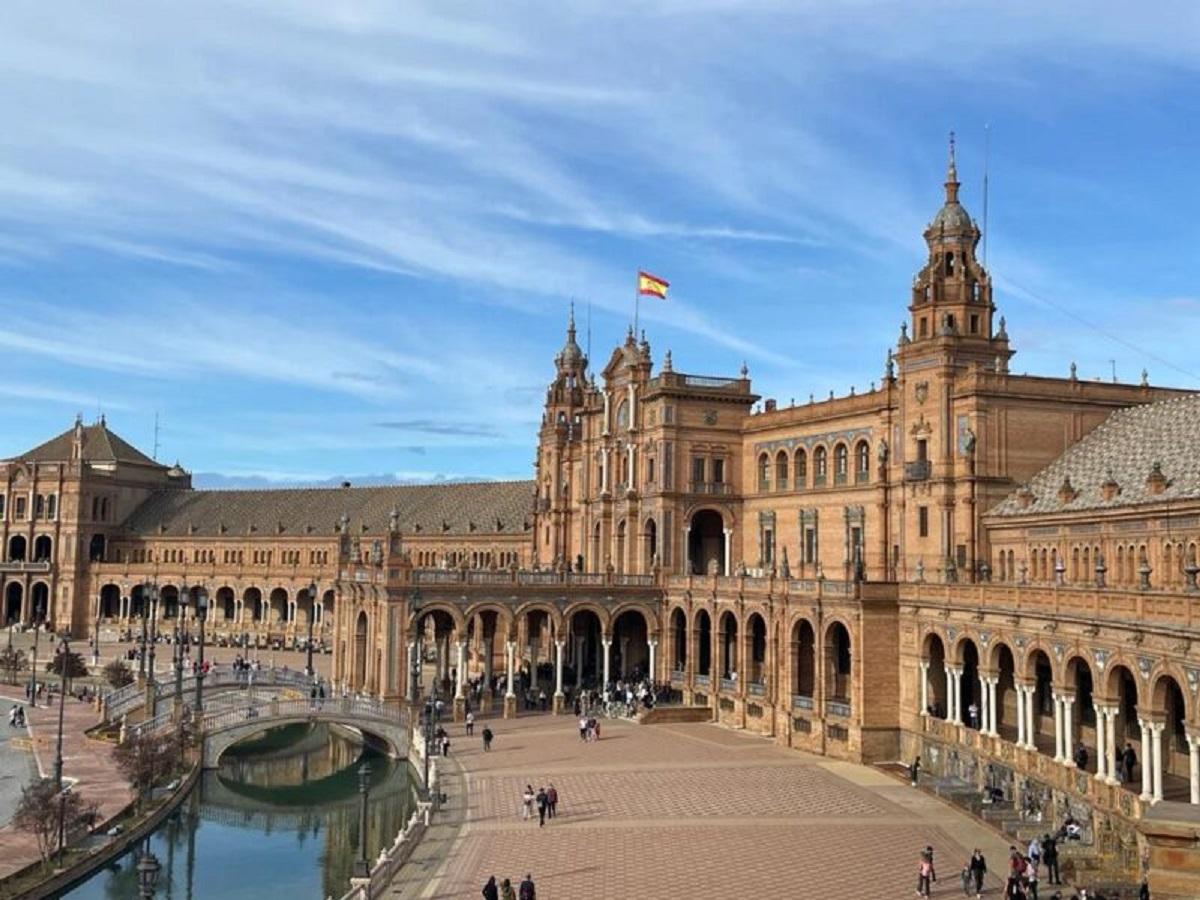The capital of Spain’s Andalusia region, Seville is a city where history, culture, and passion are woven into every street and plaza. Seville is known for its flamenco dancing, Moorish architecture, and vibrant festivals. It offers a perfect blend of the old and new, making it an ideal destination for a weekend getaway.
Seville promises an unforgettable experience whether you’re strolling through its ancient streets, savoring traditional tapas, or immersing yourself in its rich history. This guide will walk you through the best things to do over a weekend in Seville, along with tips on the best time to visit.
Please Download Our Mobile App here.
Best Time to Visit Seville
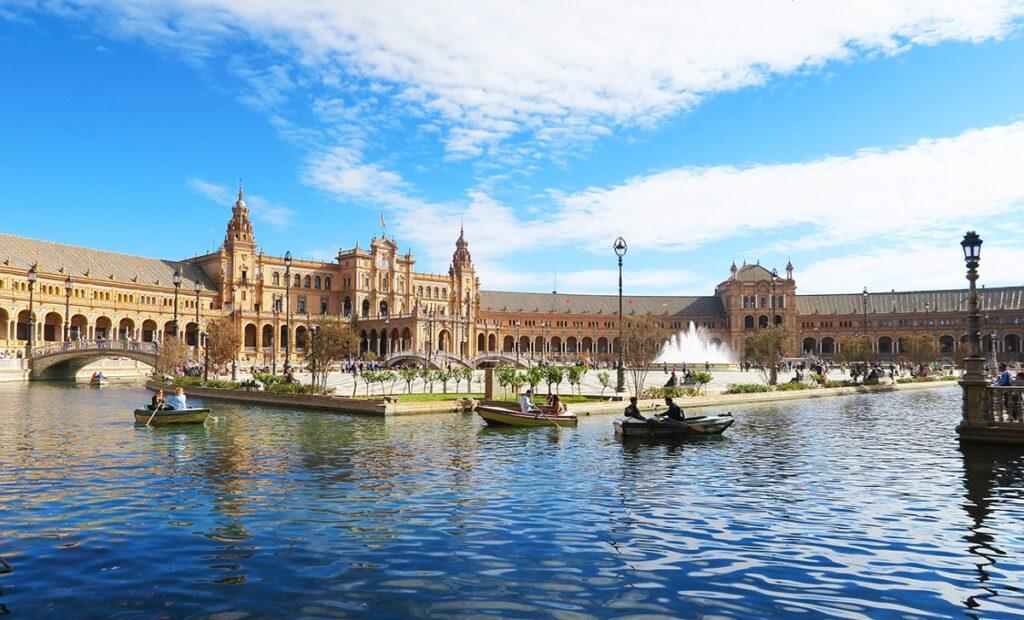
The best time to visit Seville is during the spring (March to May) and autumn (September to November) seasons. During these months, the weather is mild and pleasant, with temperatures ranging between 15°C (59°F) and 25°C (77°F). Spring is particularly popular as it coincides with Seville’s famous festivals, such as Semana Santa (Holy Week) and Feria de Abril (April Fair), where the city comes alive with parades, music, and traditional Andalusian costumes.
Autumn, on the other hand, offers fewer crowds and a more relaxed atmosphere, perfect for exploring the city’s many attractions. Summer (June to August) can be scorching, with temperatures often exceeding 35°C (95°F), making it less ideal for outdoor activities.
Winter (December to February) is mild, but it can be a bit damp, with occasional rainfall. Despite this, Seville remains beautiful and less crowded, offering a more intimate experience of the city.
Best Things to do in Seville
Explore the Alcázar of Seville
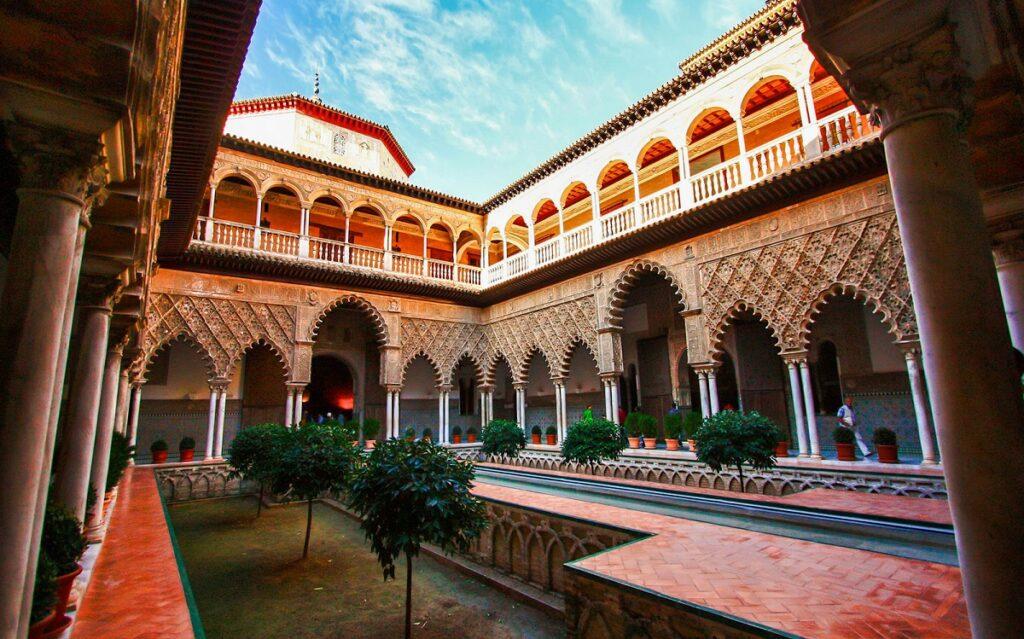
Start your weekend by visiting the Alcázar of Seville, a stunning palace complex originally built as a Moorish fort in the 10th century. The Alcázar is a UNESCO World Heritage site and one of the finest examples of Mudéjar architecture in Spain. As you wander through its intricately decorated rooms, lush gardens, and peaceful courtyards, you’ll be transported back to the days of Moorish rulers and Christian kings.
Highlights include the Hall of Ambassadors, with its stunning domed ceiling, and the tranquil Mercury Pond, surrounded by orange trees and fountains. Be sure to book your tickets in advance, as the Alcázar is a popular attraction.
Visit Seville Cathedral and La Giralda
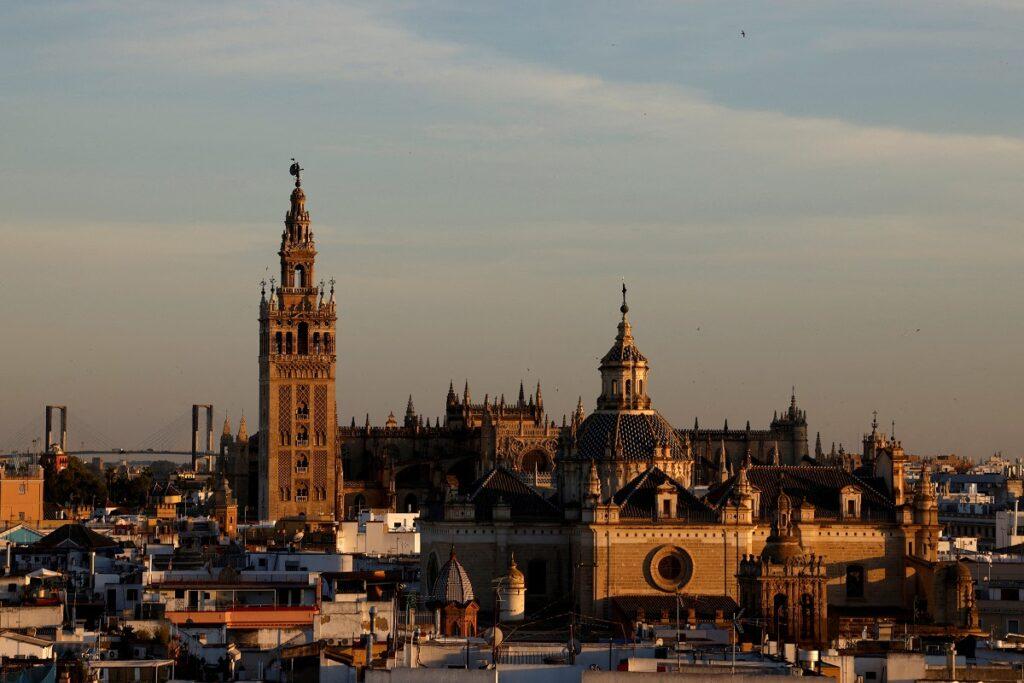
Next, head to Seville Cathedral, the largest Gothic cathedral in the world and another UNESCO World Heritage site. Built on the site of a former mosque, the cathedral is an awe-inspiring structure with its soaring nave, intricate altarpiece, and numerous chapels. Don’t miss the tomb of Christopher Columbus, which is held aloft by four statues representing the kingdoms of Spain.
After exploring the cathedral, climb the adjacent La Giralda tower, which was once the minaret of the mosque. The tower offers panoramic views of Seville and is a must-do for any visitor to the city.
Stroll through Barrio Santa Cruz
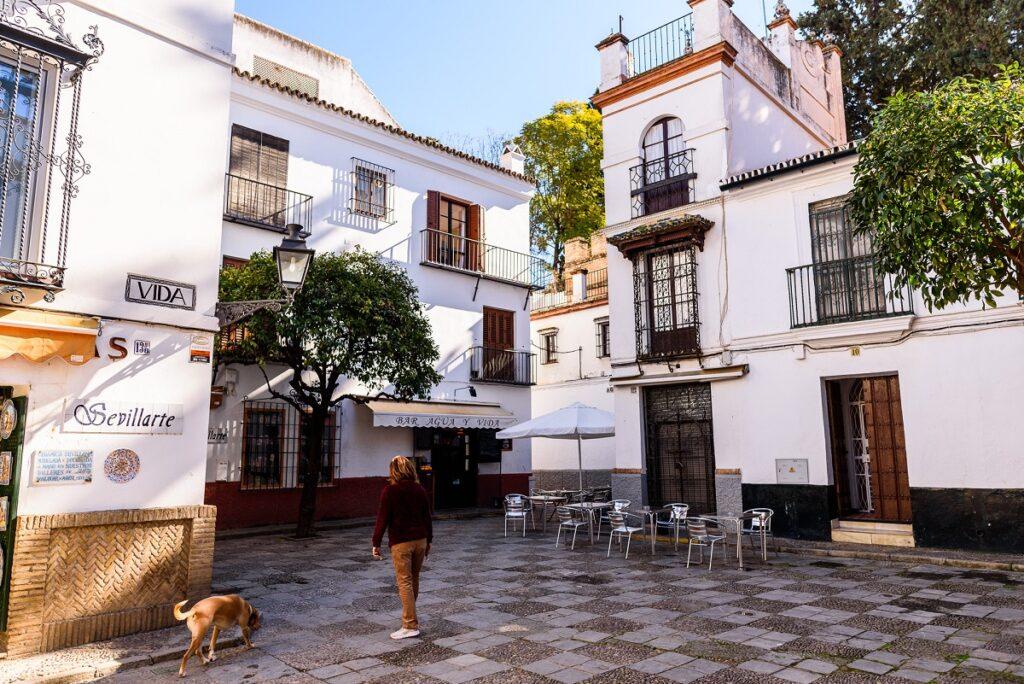
After visiting the cathedral, take a stroll through the Barrio Santa Cruz, Seville’s old Jewish quarter. This charming neighborhood is a maze of narrow streets, whitewashed houses, and hidden plazas, where you can lose yourself in the city’s history.
Visit the Hospital de los Venerables, a beautiful Baroque building that now houses the Velázquez Center, dedicated to the works of the famous Spanish painter Diego Velázquez. The Barrio Santa Cruz is also home to many traditional tapas bars, where you can stop for a bite to eat and enjoy some of Seville’s culinary delights.
Relax in Maria Luisa Park and Plaza de España

In the afternoon, make your way to Maria Luisa Park, Seville’s largest green space and a perfect spot to relax and unwind. The park is home to numerous fountains, statues, and gardens, as well as the stunning Plaza de España, a semicircular plaza surrounded by a grand building with a series of beautifully decorated alcoves.
You can rent a rowboat and paddle around the plaza’s central canal or simply take in the sights and sounds of this vibrant area. The park is also home to several museums, including the Archaeological Museum and the Museum of Arts and Traditions of Seville, which are worth a visit if you have time.
Experience Flamenco in Triana

No visit to Seville would be complete without experiencing flamenco, and the best place to do so is in the Triana neighborhood, located across the Guadalquivir River from the city center. Triana has a rich history as the birthplace of flamenco, and its streets are filled with bars and clubs where you can watch live performances.
Head to a traditional tablao, such as Casa Anselma or Tablao El Arenal, where you can enjoy an authentic flamenco show accompanied by tapas and a glass of wine. The passionate music, singing, and dancing will leave you mesmerized and provide a perfect ending to your day in Seville.
Explore the Metropol Parasol (Las Setas de Sevilla)
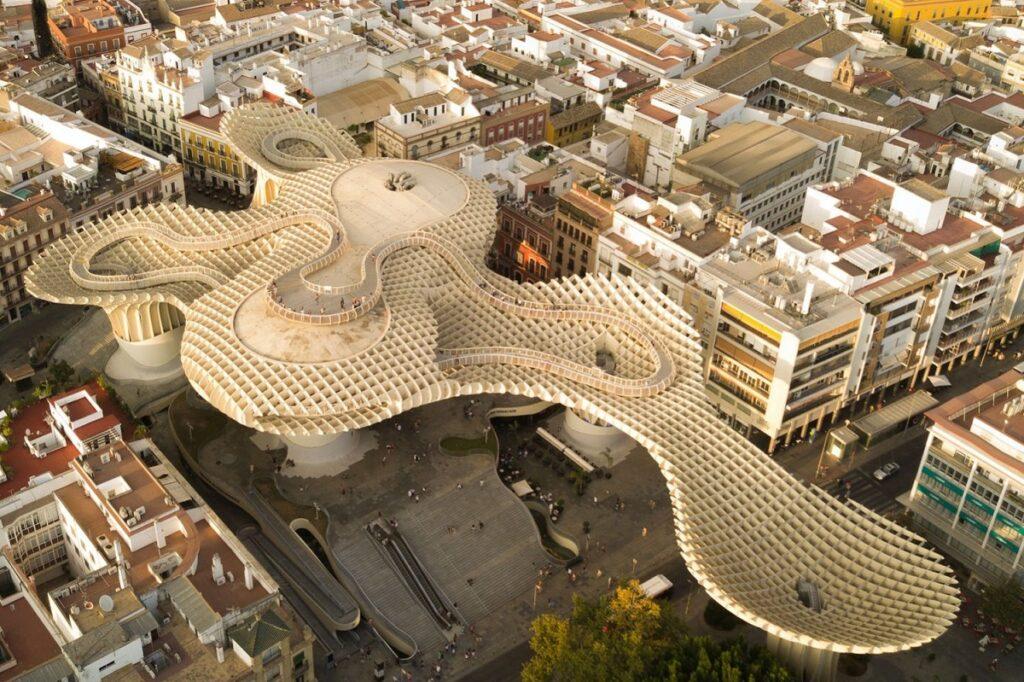
On the second day of your weekend, start with a visit to the Metropol Parasol, also known as Las Setas de Sevilla (The Mushrooms of Seville). This modern architectural marvel, located in Plaza de la Encarnación, consists of a series of wooden structures forming a massive canopy that provides shade and a unique perspective of the city.
Take the elevator to the top for a walk along the winding pathways that offer panoramic views of Seville’s skyline. Underneath the structure, you’ll find the Antiquarium, a museum showcasing Roman and Moorish artifacts discovered during the construction of Las Setas.
Take a Boat Ride on the Guadalquivir River
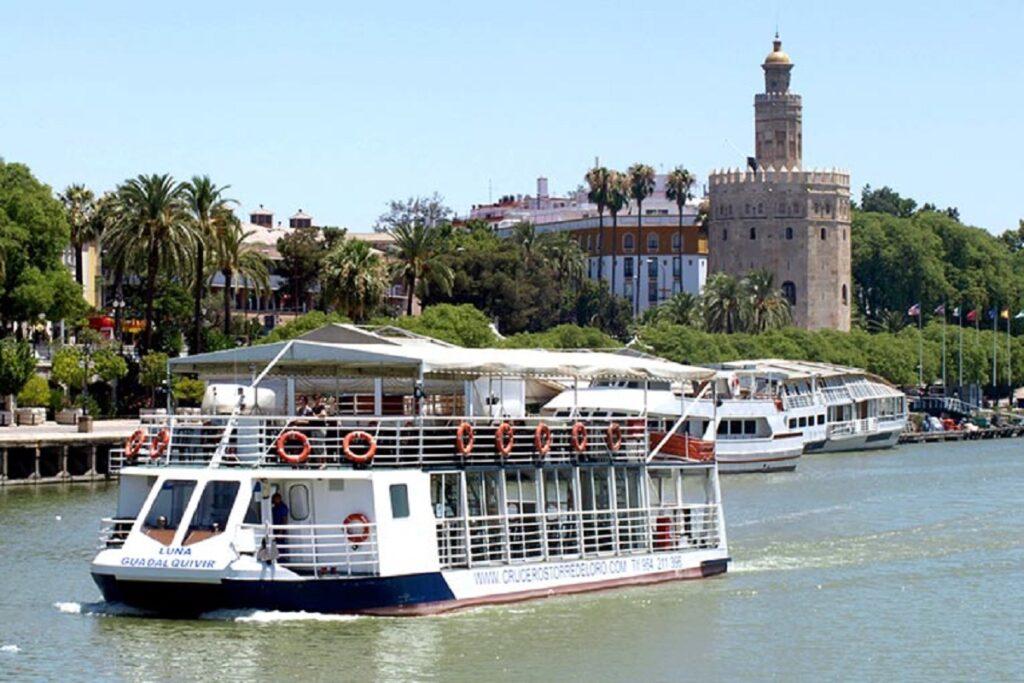
In the afternoon, head to the Guadalquivir River for a relaxing boat ride. Several companies offer hour-long cruises that take you past some of Seville’s most iconic landmarks, including the Torre del Oro, a 13th-century watchtower, and the Plaza de Toros de la Maestranza, one of the oldest bullrings in Spain. The boat ride provides a different perspective of the city and is a great way to unwind after a busy morning of sightseeing.
Indulge in Tapas and Wine
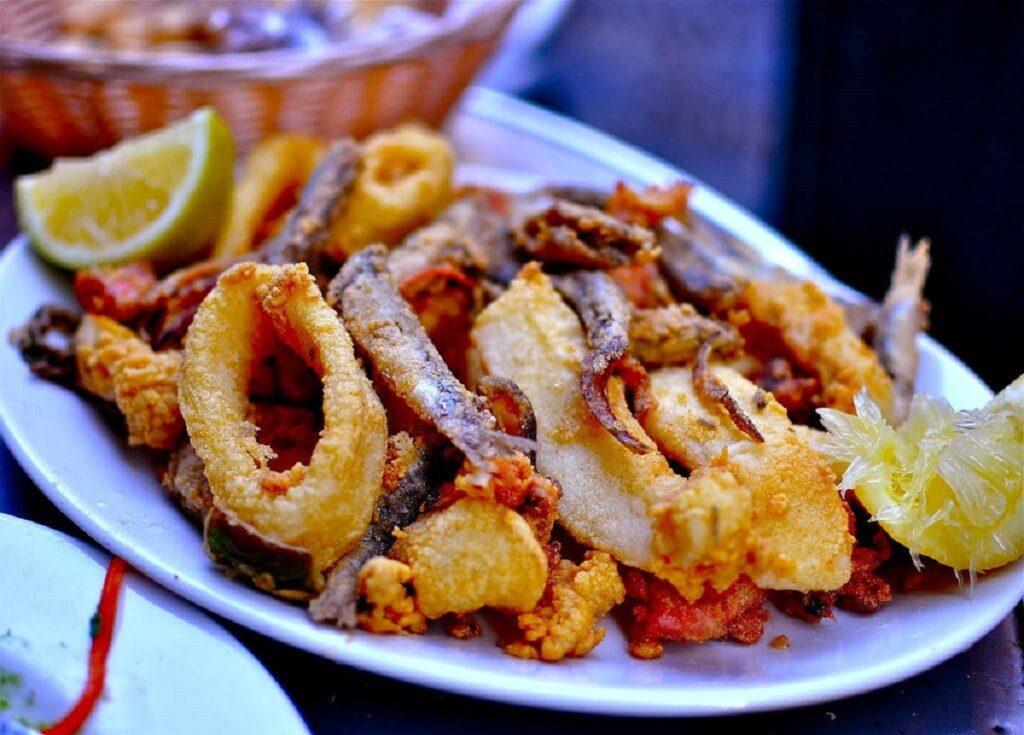
Seville is famous for its tapas culture, and no weekend in the city would be complete without indulging in this culinary tradition. Spend your evening hopping from one tapas bar to another, sampling a variety of small dishes paired with local wines. Some of the must-try tapas include jamón ibérico (cured ham), espinacas con garbanzos (spinach with chickpeas), and bacalao (salted cod).
Head to El Rinconcillo, one of the oldest tapas bars in Seville, or try the modern tapas at La Azotea. As you eat and drink your way through the city, you’ll experience the vibrant atmosphere and warm hospitality that Seville is known for.
Final Thoughts
A weekend in Seville is a journey through time, where every corner of the city tells a story. From its ancient palaces and grand cathedrals to its lively neighborhoods and delicious cuisine, Seville offers a rich and varied experience that will leave you wanting more.
